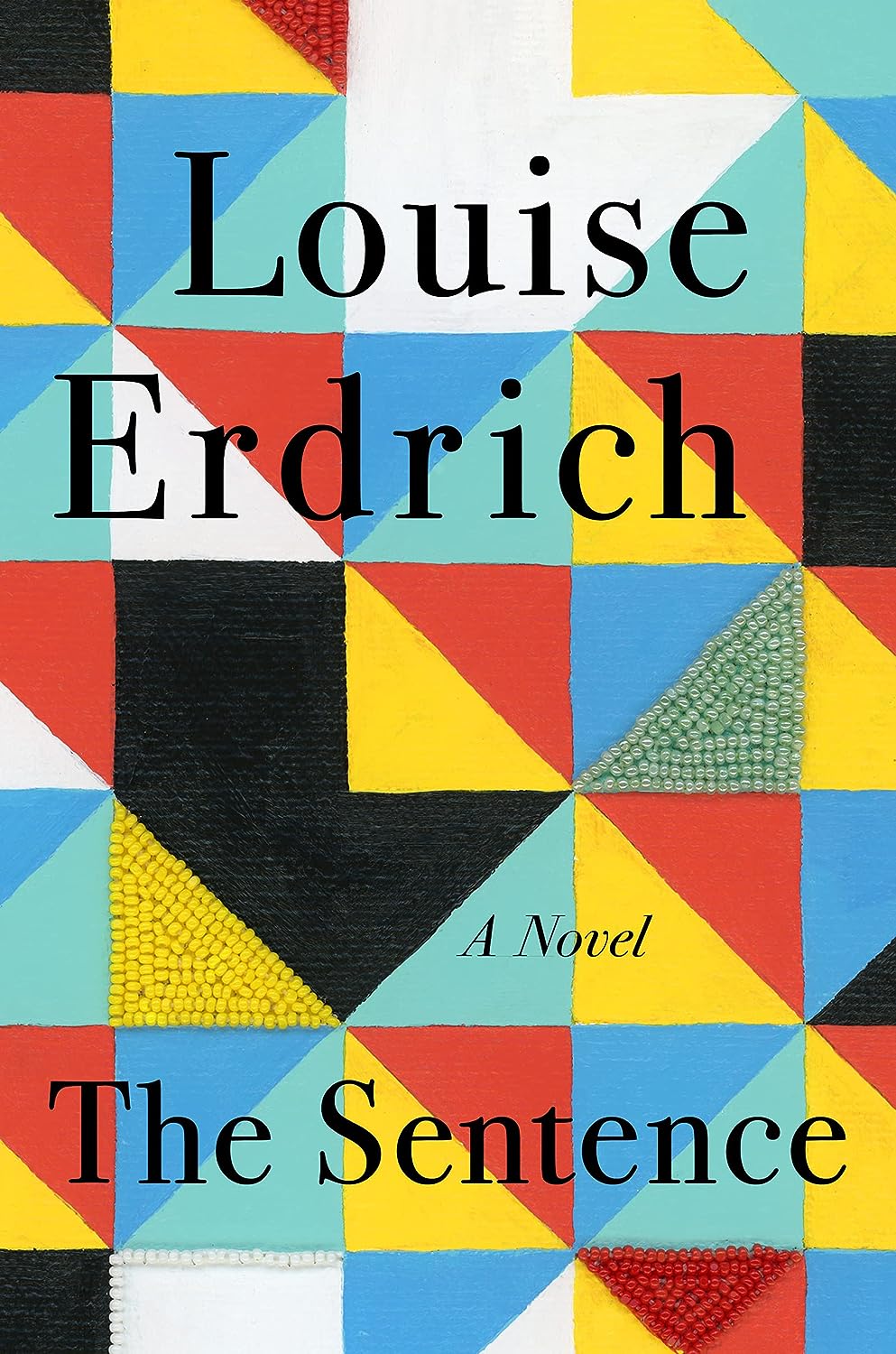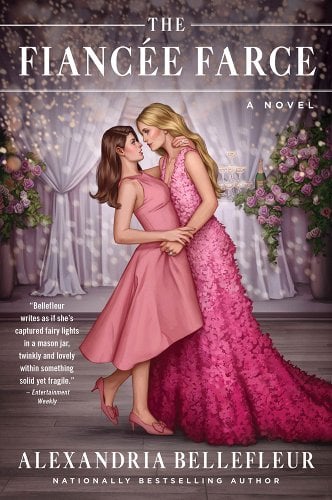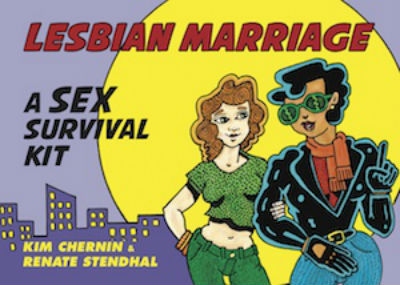Buy this from Bookshop.org to support local bookstores and the Lesbrary! I kept hearing people rave about this book when it was new. I heard it was a cozy read about someone working in a bookstore haunted by the ghost of a customer. So imagine my surprise when the book begins with the main characterRead More
Alexandria Bellefleur Continues to Make Seattle the Romance Capital with The Fiancée Farce
Bookshop.org Affiliate Link In a year of reading romance novels, I have learned a lot about the genre. First, and most importantly, I enjoy it so much that I usually read an entire novel within a single twenty-four hour period. Another thing that I have noticed—something that threatens to temper that enjoyment from time toRead More
Elinor reviews The Argonauts by Maggie Nelson
The Argonauts is an amazing book. It is a memoir but not a neatly narrative one. It’s been called “genre-bending,” which it certainly is. I’d describe it as a meditation of family, queerness, gender, love, bodies, connection, and a whole lot more. Nelson quotes academic theorists as readily as she shares visceral, personal details fromRead More
Elinor reviews Lesbian Marriage: A Sex Survival Kit by Kim Chernin and Renate Stendhal
I love reading about relationships, sex, and queer women. I especially like to read about lesbian marriage, since I’m one of the only women I know who’s married to a woman. I was incredibly excited about Lesbian Marriage: A Sex Survival Kit. Written by a married lesbian couple who have been together for nearly thirtyRead More


